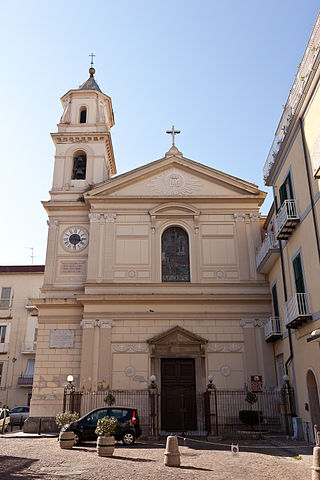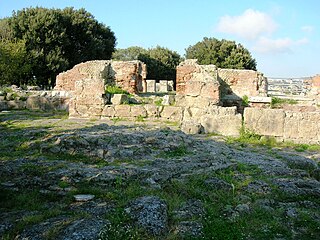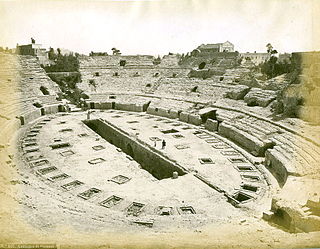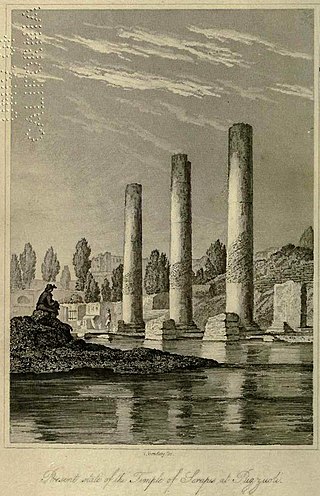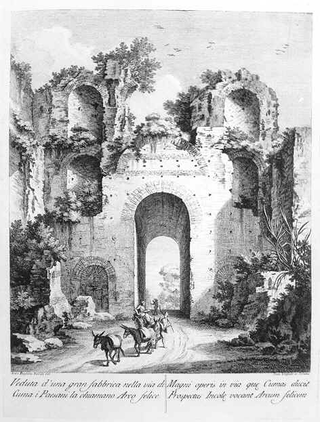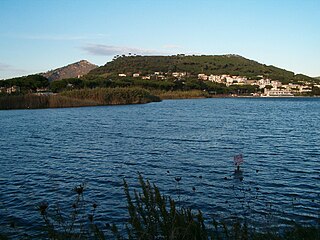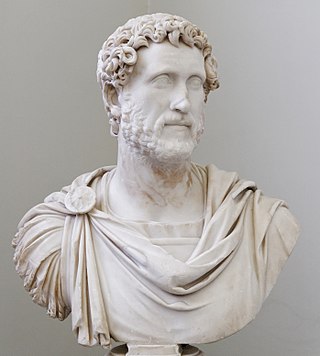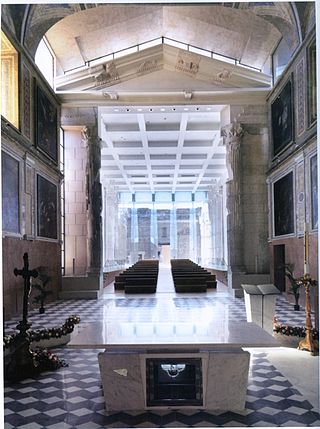9 Sights in Pozzuoli, Italy (with Map and Images)
Legend
Welcome to your journey through the most beautiful sights in Pozzuoli, Italy! Whether you want to discover the city's historical treasures or experience its modern highlights, you'll find everything your heart desires here. Be inspired by our selection and plan your unforgettable adventure in Pozzuoli. Dive into the diversity of this fascinating city and discover everything it has to offer.
Sightseeing Tours in Pozzuoli1. Chiesa di Santa Maria delle Grazie
The church of Santa Maria delle Grazie is the oldest parish in the diocese of Pozzuoli, built on 15 November 1624 by Bishop Lorenzo Mongiò. In ancient times it had jurisdiction over a vast territory, which included: Pozzuoli, Agnano, Bacoli, Bagnoli, Licola, Miseno and Monte di Procida. Following the creation of other parishes in these areas, the area of competence of Santa Maria delle Grazie has now been reduced to only a part of the city center.
Wikipedia: Chiesa di Santa Maria delle Grazie (Pozzuoli) (IT), Website
2. Parco archeologico di Cuma
The archaeological excavations of Cumae have returned the remains of the ancient city of Cuma, one of the oldest Greek colonies in Italy, dating back to 730 BC and abandoned in 1207 when it was destroyed by the Neapolitan armies.
3. Anfiteatro Flavio
The Flavian Amphitheater, located in Pozzuoli, is the third-largest Roman amphitheater in Italy. Only the Roman Colosseum and the Amphitheatre of Capua are larger. It was likely built by the same architects who previously constructed the Roman Colosseum. The name "Flavian Amphitheater" is primarily associated with the Roman Colosseum.
4. Macellum Tempio di Serapide
The Macellum of Pozzuoli was the macellum or market building of the Roman colony of Puteoli, now the city of Pozzuoli in southern Italy. When first excavated in the 18th century, the discovery of a statue of Serapis led to the building being misidentified as the city's serapeum or Temple of Serapis.
5. Arco Felice Vecchio
Arco Felice is a hamlet of Pozzuoli with about 10,000 inhabitants, bordering the municipality of Bacoli. Its name derives from the old arch of the same name, a large door to the ancient city of Cuma, built in the first century by the emperor Domitian, although it is actually located in the adjacent hamlet of Licola, on the border with the hamlet of Cuma-Fusaro in the municipality of Bacoli.
6. Monte Nuovo
Monte Nuovo is a cinder cone volcano within the Campi Flegrei caldera, near Naples, southern Italy. A series of damaging earthquakes and changes in land elevation preceded its only eruption, during the most recent part of the Holocene, which lasted from September 29 to October 6, 1538, when it was formed. The event is important in the history of science because it was the first eruption in modern times to be described by a large number of witnesses. The eruptive vent formed next to the medieval village of Tripergole on the shores of the then-much larger Lake Lucrino. The thermal bath village, which had been inhabited since ancient Roman times and was home to notable Roman-era buildings including Cicero's villa, was completely buried by ejecta from the new cinder cone. Tripergole's ruins and its important thermal springs completely disappeared under Monte Nuovo such that the exact location of the village can no longer be identified.
7. Stadio di Antonino Pio
The Stadium of Antonino Pio di Pozzuoli, brought to light in 2008, can be considered of particular importance for the rarity of this type of building in the Western Roman Empire, except for the Domitian stadium, today Piazza Navona. Remains of ancient stadiums are located between Greece and Asia Minor.
8. Basilica Cattedrale San Procolo Martire
Pozzuoli Cathedral or the Basilica of San Procolo martire is the main Roman Catholic church in Pozzuoli and the seat of the Diocese of Pozzuoli. It sits at the top of the Rione Terra and is built around an ancient Roman temple.
9. Rione Terra
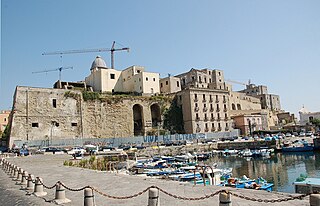
- You are free: to share – to copy, distribute and transmit the work to remix – to adapt the work
- Under the following conditions: attribution – You must give appropriate credit, provide a link to the license, and indicate if changes were made. You may do so in any reasonable manner, but not in any way that suggests the licensor endorses you or your use. share alike – If you remix, transform, or build upon the material, you must distribute your contributions under the same or compatible license as the original.
- The author " RaBoe/Wikipedia " is named A weblink to the original image is provided: //commons.wikimedia.org/wiki/File:Rione_Terra_visto_dal_porto_di_Pozzuoli_(2010)_by_RaBoe-22.jpg A copy of, or the Uniform Resource Identifier (https://creativecommons.org/licenses/by-sa/3.0/de/legalcode) for, this License with every copy
- The author " RaBoe/Wikipedia" is named A copy of, or the Uniform Resource Identifier (https://creativecommons.org/licenses/by-sa/3.0/de/legalcode) for, this License with every copy
/ CC BY-SA 3.0 de
Rione Terra is a historic quarter in Pozzuoli, Italy, in the Phlegraean Fields region west of Naples. The ancient fortress originally served as the acropolis for the Greek settlement of Dicearkia before being integrated as the Roman port city of Puteoli. The densely built-up district is located on a small tufa promontory overlooking the Gulf of Pozzuoli and today serves as a tourist attraction.
Share
How likely are you to recommend us?
Disclaimer Please be aware of your surroundings and do not enter private property. We are not liable for any damages that occur during the tours.
